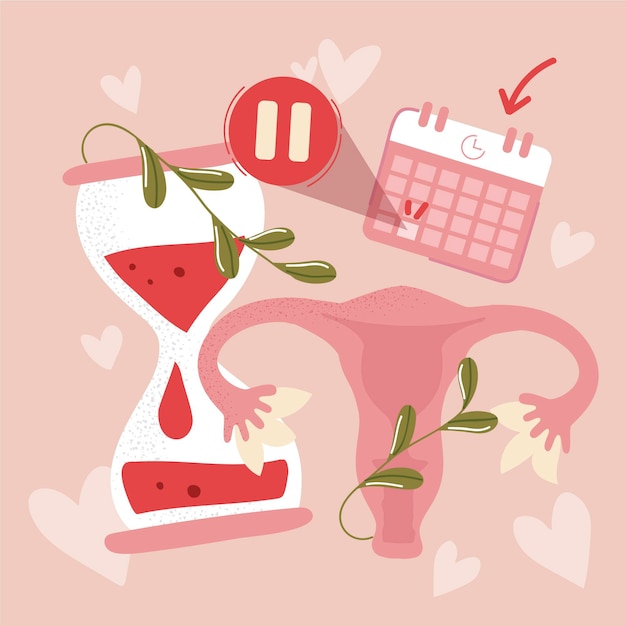
Brown vaginal discharge is quite common and usually not a major health concern, though there are certain conditions where it might be. Many women notice this brown discharge at the end of their menstrual period instead of the usual red blood flow. This happens for several reasons, but it’s often not a sign of a severe health issue. So, if you see brown discharge, don’t panic—this explanation will help you understand when it might warrant a visit to the doctor.
### What is Brown Discharge?
Brown discharge is essentially spotting or light bleeding that appears brown. This happens because old menstrual blood, which remains in the uterus, turns brown instead of being its usual red. You might notice this discharge before your period starts or at its end.
### Is Brown Blood Normal?
Whether brown spotting is normal or not depends on its cause. Often, it happens because your period is late—this can cause the leftover blood from your last cycle to exit the body as brown discharge. Brown spotting due to ovulation or implantation isn’t usually a concern either.
### When It’s Not Normal
Sometimes, brown spotting can signal a health problem, such as a vaginal infection, pelvic inflammatory disease (PID), or even vaginal cancer. If you experience additional symptoms like severe cramps, pelvic pain, nausea, or weakness, see a gynecologist promptly for an evaluation.
### Causes of Brown Vaginal Discharge
1. **Pre-Menopause Cycle:**
Pre-menopause is a transition phase leading up to menopause, generally occurring between ages 40 to 55, though it can happen earlier or later in rare cases. During this time, periods become irregular, and brown discharge is common due to diminished estrogen levels.
2. **Delayed Period:**
Sometimes, if your period is late, you might see brown discharge. This occurs when your body prepares for a period but only releases old uterine tissue, resulting in brown spotting.
3. **Birth Control:**
Certain birth control methods can cause brown vaginal discharge due to hormonal changes. If this happens, especially if you’re taking birth control pills, talking to a doctor can help clarify any concerns.
4. **Implantation Bleeding:**
This can occur when a fertilized egg implants itself in the uterus, indicating pregnancy. If you suspect pregnancy, take a test to confirm.
5. **Pelvic Inflammatory Disease (PID):**
PID is a severe infection affecting the reproductive organs and can cause brown discharge. Immediate medical treatment is necessary to prevent long-term damage.
6. **Hormonal Imbalances:**
Conditions like stress, polycystic ovary syndrome (PCOS), or hormonal contraceptives can disrupt hormone levels, resulting in brown discharge.
7. **Severe Disease:**
Brown discharge could also indicate serious conditions such as cervical cancer. If your discharge has an unusual smell or is accompanied by discomfort, seek medical attention promptly.
### How to Get Rid of Brown Discharge
To avoid health issues related to brown discharge, it’s essential to maintain good hygiene:
– Avoid using sprays on the vagina.
– Keep the vaginal area clean, especially during your period, and change pads frequently.
– Wear cotton underwear.
– Steer clear of fragrant soaps or talcum powder.
– Follow any instructions given by your doctor after a cervical exam.
### Brown Discharge Concerns
If you notice brown spotting and aren’t sure why, it’s understandable to be concerned. Common causes include irregular periods, use of contraceptive pills, or early stages of pregnancy. However, 30% of brown discharge cases may signal problems like PID or ovarian cysts. If your discharge is abnormal, visiting a gynecologist is the best course of action to ensure proper treatment if needed.